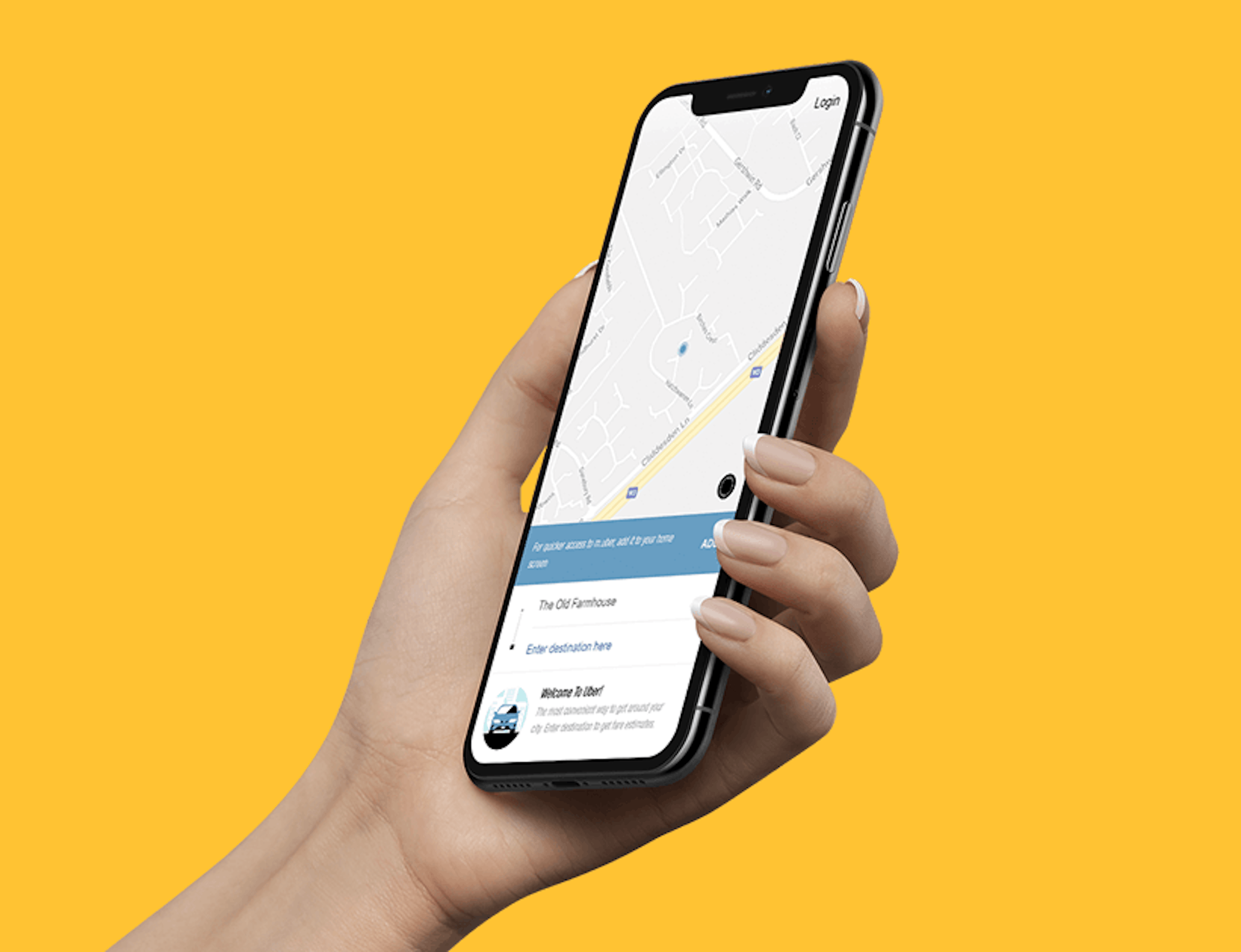What are PWAs anyway?
Progressive Web Apps have the potential to be a bit confusing if you’ve never come across them before. Essentially, it’s the best bits of mobile apps, but in the format of a website. It’s a best-of-both-worlds combo and it works fantastically well. If you want to dig a little deeper into what PWAs are and how they work, check out our ‘Everything You Need to Know’ blog. If you want some compelling reasons why you should be using PWAs as part of your website, then read on.
If You Want More Website Conversions
Every website has a purpose. For most, that purpose is driving conversions for the business. This can take on many different forms depending on what it is you do and what you’re trying to sell. For an e-commerce site, a conversion is simply a sale, a professional services company would probably define a conversion as a contact form completion and a blogging site would get excited about email sign-ups. Whatever the conversion, however it is defined, one thing is common. Everyone wants more. Conversions mean more business.
If we said that PWAs help create websites that convert more, you’d be interested then. PWAs include some really clever technology that allows you to create visually beautiful sites that load exceptionally fast. It’s a well-known fact in web development that fast websites perform better. If you have an image-heavy experience or a large product catalogue, a PWA can grant huge benefits. George (the ASDA clothing brand, not some random guy) took advantage of the technology to great effect, their PWA-based website increased their conversion rate by 31%. Their product-heavy site loads 3.8x faster, has 2x lower bounce rate an 20% more page views per visit. PWA’s will even allow you to send push notifications to your users to give them extra encouragement to visit, engage and convert.
If You Want a Better Mobile Experience
Because PWAs take the best bits about native mobile apps and package them up in a website they’re, rather unsurprisingly, a fantastic experience on mobile devices. It makes sense to take this approach, 50% of all web traffic in 2018 was generated from mobile devices. PWAs have the ability to make websites look, feel and behave like native apps – which are the high watermark of mobile experience. People enjoy using native apps, they’re intuitive, easy-to-use and slick. Because they’re Progressive, they very easily adapt to whatever screen size they’re being viewed on – regardless of browser or hardware choice.
PWAs also succinctly deal with the downsides of native apps; downloads, installs, updates and taking up valuable storage space! Because it’s a website there is no download, install or update required, and users can even add your site to their home screen as they would an app. Uber’s PWA version of their app takes up an entirely insignificant 50kb of space so no need to worry about that either. Remember when we said it was a best-of-both-worlds combo? We weren’t kidding.
If Your Site Needs Offline Capability
One of the show-stopping abilities of Progressive Web Apps is their offline capability. Because they have app-like characteristics they can deal with a loss of connection, they simply re-sync when the connection is restored, and you carry on as normal. Their tiny storage size means holding the required data is absolutely no problem. This tiny size also contributes to their lightning-quick loading times, which remain fast even when there is only a 2G or 3G connection available.
Businesses where staff work remotely, or where users access the site on spotty connections (on the Tube for example), stand to benefit the most from this. Smashing Magazine and The Financial Times have both taken advantage of this for content sharing. Users of The Financial Time’s PWA can continue to browse articles even when they lose signal.
Not convinced?
There are many applications and benefits of Progressive Web Apps for forward-thinking businesses. Indeed, there are plenty already taking advantage of them. Almost every new website is designed around increasing conversions and providing an outstanding mobile experience – so why wouldn’t you incorporate PWA tech into the design? The offline capability will have more specific use cases, but the super-fast load times should appeal to everyone. They’re great for user experience and SEO and having a slow website can kill your conversions. In fact, just a one second delay can cause a 7% drop in conversions.
If you think it’s time you started taking advantage of Progressive Web App technology, then get in touch today. We’d love to talk to you.

